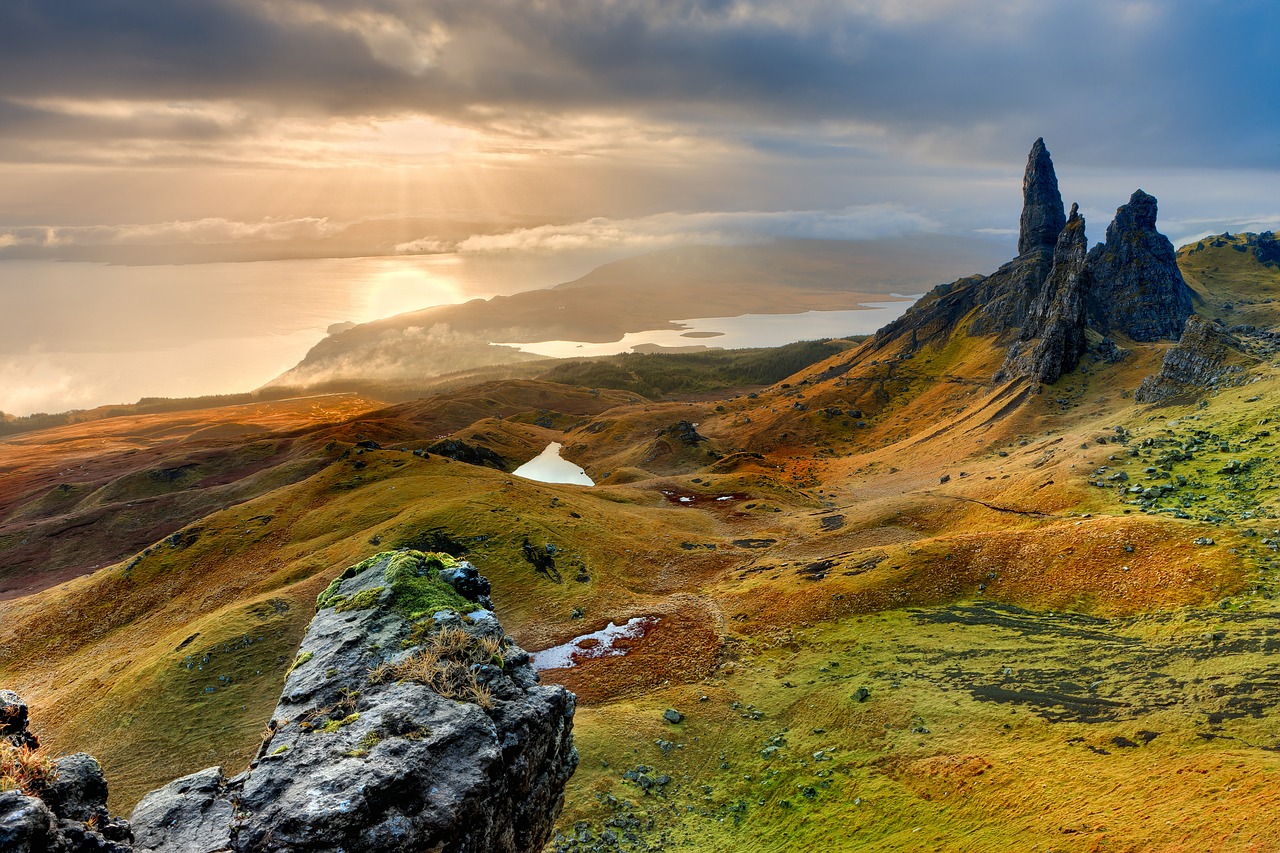Not every photographer is destined to be a great landscape photographer; I’m sure most of us are painfully aware of this – to become a better landscape photographer takes time, practice, patience and skill.
We all look at the work of gurus like Eliot Porter, Ansel Adams, Sebastiao Salgado or Franco Fontana and can’t help but be blissfully astonished by their creations.
They make it look easy — the hallmark of a true master.

Become a Better Landscape Photographer
While most who pick up a camera will not reach the heights of photographic brilliance inhabited by the names (above), the greats have left plenty of clues for the rest of us.
No matter what stylistic difference are present in the best landscape photos and the photographers who shot them, those photographers and their images share some significant commonalities that, if observed, can help make a competent landscape photographer out of just about anyone.
1. Location is Everything
What matters more than your geographical location is your location within a scene.
It’s great if you have the means to travel to exotic faraway places to capture landscapes, but that’s hardly necessary. Whether you’re off in the Himalayas or on a hike 5 miles away from your home, the most significant factor in determining the visual appeal of your prospective shot is finding the right place to setup your camera.
All good landscape photographers understand this point. In fact, it was Ansel Adams who quipped,
“A good photograph is knowing where to stand.”
You will reap magnificent benefits by taking the time to study a location and its features. Always ask yourself where you should setup, but be sure you don’t answer that question too hastily.
Even when you’re in a place where you think everything is perfect, some spots are going to be “more perfect” than others. Choose wisely.

2. Timing is Everything (Too)
Because great landscape photographers know that factors like lighting and weather conditions are just as important as where they place their tripod.
In order to become a better landscape photographer, it's important to note the professionals place the same value on lighting that portrait photographers do; soft vs. harsh, highlights vs. shadows, golden hour or blue hour.
Since the quality and quantity of light change over the course of a day, deciding what time you will shoot is key. To understand lighting is to understand how you intend to reveal the face of your landscape.
You should also give the same consideration to the weather. Know whether it’s going to be cloudy or sunny; rainy, snowy, or windy.
I’m not suggesting that one set of conditions is better than another, as each can contribute to the visual impact of a landscape photo in different ways (with windy conditions being the exception here).

3. Compose Shrewdly
I believe it is acceptable to experiment with composition in any genre of photography, but it is also plain to see that history’s preeminent landscape photos are remarkably exacting in their composition.
Great landscape images tend to exhibit a certain structure and order to establish their strength. Irrespective of what specific compositional guideline you prefer (remember, the rule of thirds may be basic but it’s also reliable), be sure to compose with precision.

4. Create Depth in Your Landscapes
There are multiple ways to create a sense of depth in any photo you make. One of the most successful and widely used techniques in landscape photography is to include the foreground.
The foreground may not be the star of the show, but it does serve as a visual anchor point, without which your image may fall flat. Don’t treat the foreground as if it’s in your way; use it as a means of allowing the viewer to anticipate what’s to come.
Taking a cue from the giants of landscape photography, we learn that the foreground and background (and the middle) should work in harmony to create a totally immersive photograph, one that enables the viewer to be present within the image.

5. Use the “Right” Gear and Settings
I have argued — and will continue to — that photographers need not get hung up on gear and the technical aspects of photography, not because they just don’t matter but because they can become a distraction.
With landscape photography, however, you should exercise more care over settings than you might with street photography. Sharpness, focus and depth of field are supreme in landscape work.
A street photographer can sometimes get away with an out of focus shot; a landscape photographer…not so much.
Use a fast shutter speed to avoid camera shake and a small aperture to get as much as possible in sharp focus. What specific settings are correct will vary according to the conditions you’re shooting under.
As far gear is concerned, there are those who champion full frame cameras while others are partial to medium format, and still others (a very small contingent) will claim that “real” landscape photography is made in large format.
Well, I’ve seen wonderful landscape photography taken with a point-and-shoot camera, so there’s that. What we can discern from the work of truly great landscape photographers is that they know how to use their gear to extract their best work from it.

Final Thoughts
My intent isn’t to oversimplify all that goes into successful landscape photography; rather, I am pointing out a few of the most worthwhile elements that are central to all great landscape photography.
You will surely need more guidance than what’s presented above if you plan on becoming the next great one, but by adopting these basic principles and observations it is my hope that anyone can experience personal artistic growth in landscape photography.




